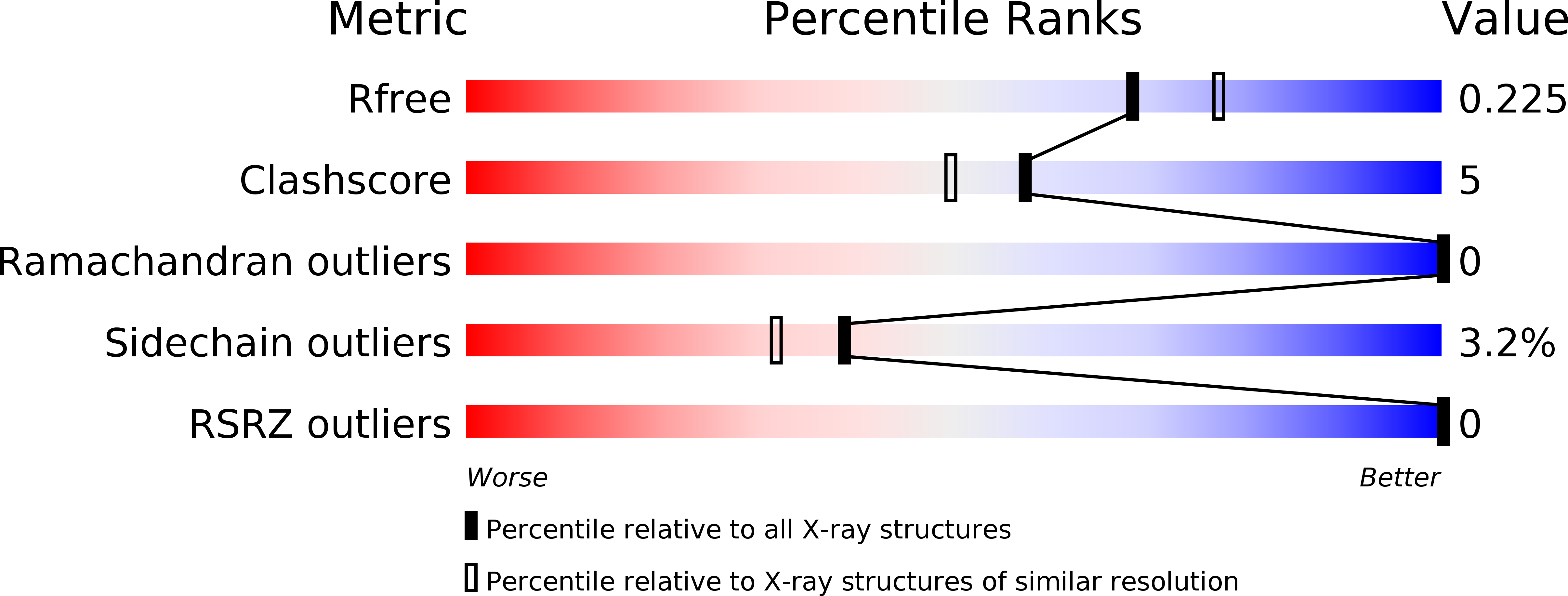
Deposition Date
2016-01-29
Release Date
2016-09-14
Last Version Date
2024-03-06
Entry Detail
PDB ID:
5HWC
Keywords:
Title:
Aspergillus fumigatus FKBP12 P90G protein bound with FK506 in P212121 space group
Biological Source:
Source Organism:
Host Organism:
Method Details:
Experimental Method:
Resolution:
2.05 Å
R-Value Free:
0.22
R-Value Work:
0.16
R-Value Observed:
0.17
Space Group:
P 21 21 21


